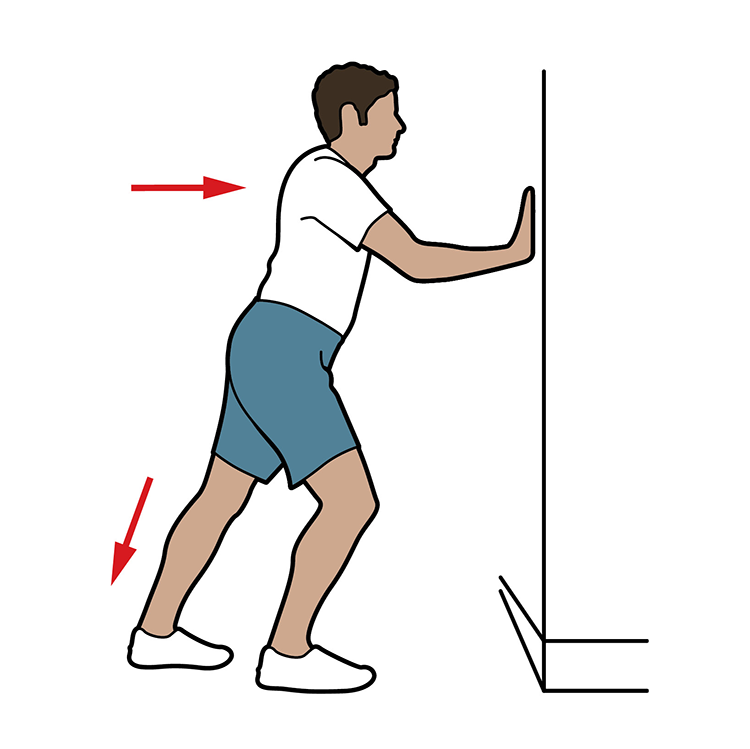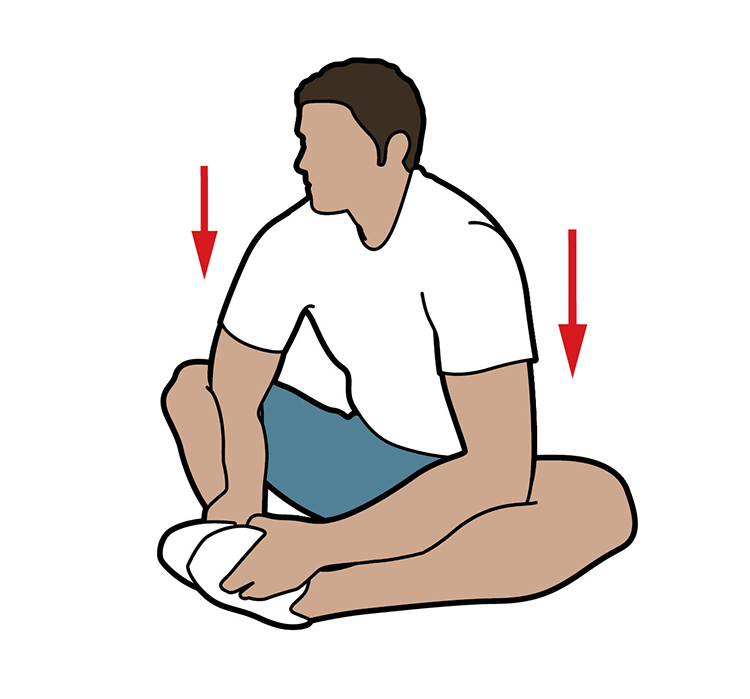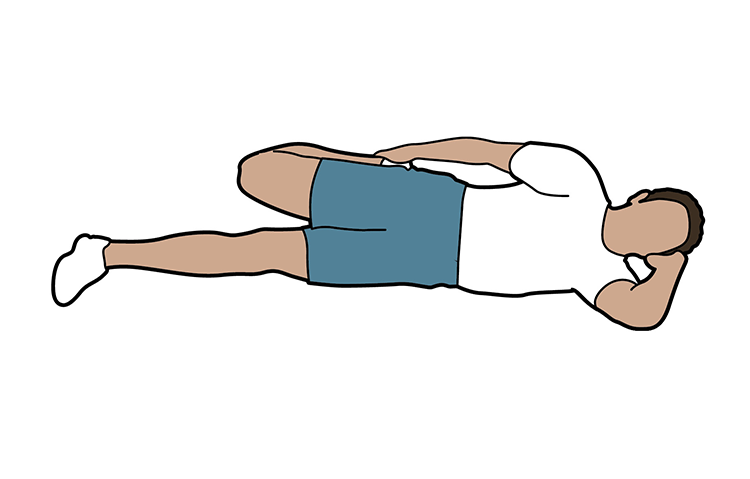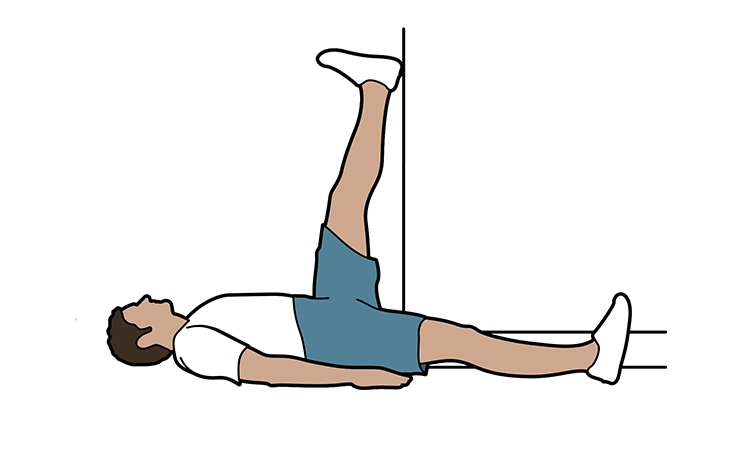You are viewing 1 of your 1 free articles
Matchday recovery session
It is important for players to ensure their bodies recover well from the rigours of matchday, so this session is designed as a recovery programme to be conducted no more than 24 hours after the game.
The main reason for doing this is to prevent injuries suffered post-match. We need to reduce fatiguing effects as soon as possible, because in a tired state they are more likely to suffer tweaks and knocks.
Our final league game in October was a Saturday Premier League clash against Manchester City, which we won 2-1. Sunday was therefore designated as a rest day, with Monday the recovery day, which included this session. By conducting this, we enabled players to be ready again for full training on the Tuesday.
What do I get the players to do?
Recovery Session schedule
To play for 90 minutes is demanding, but we are always looking for players to be disciplined and to adopt good habits. This applies as much on the training ground as it does on the pitch. The sooner players are active and training again, the better their condition, and the fresher they will be for the next game.
The basis of the Recovery Session is a combination of lap running and stretches.
Players jog around a full-size pitch three times at a very gentle pace. The aim of this is to get joints moving but only in the form of a light jog. Vary the pace of the laps slightly, but each of the first two should be taken at less than 50% of running speed – not much more than walking pace. This helps to get the body at the correct temperature whilst allowing the muscles to move and relax.
A gentle jog also helps to disperse lactic acid around the body. This makes muscles contract more efficiently, and helps the players’ ability to recover.
During the third lap, include gentle dynamic stretches as the players are moving, concentrating on the groin and hamstrings. The dynamic stretches should be conducted as explained in the table below:
Groins |
|
Sides |
Lateral movement, bend knee, straight upper body, swing arms. Continue over 10 metres, then repeat on the opposite side. |
Pre–turn |
Over 10 metres, laterally, bring the left leg up and down in a circular motion (do not bring left leg across the right). Then repeat on the opposite side. |
Side groin drops |
Conduct side steps, followed by three side squats, then repeat on the opposite side. |
Wide skips |
Skip with legs bent and raised, facing outwards. Repeat over 10 metres. |
Hamstrings |
|
High leg raise |
Walk a distance of 10 metres, raising a straight leg with each step at a comfortable height. Keep the head forward and the upper body still. Then jog back to the start and repeat. |
Russian walk |
Walking, raise a bent leg towards the chest, then straighten leg out – the movement is similar to a door in front of you that you are trying to scrape your studs down. Keep the head forward and the upper body still. Jog back and repeat. |
Stork stretch |
Walking, lean forward with a straight leg, then raise leg backwards at 45 degrees. This pattern of movement should be done with every step. Repeat over 10 metres then jog back. |
Quick feet hamstring |
Over 10 metres, shuffle feet in numerous directions for a couple of metres followed immediately by touching toes with a slightly bent lower limb. Repeat over 10 metres. |
Hamstring clap |
In a dynamic manner, raise leg and clap hands underneath raised lower limb. Continue over 10 metres then jog back to the start. |
Static stretches
At the completion of the three laps, players assemble in a group to perform static stretches. Here we concentrate on each muscle group for no more than 20 seconds, but will repeat the stretches two or three times. For static stretches, we concentrate on the quads, hamstrings, calfs and groin. Two sets of each stretch below should be performed, at 15 seconds per stretch.
Static calf stretch

Static groin stretch

Side-lying quad stretch

Hamstring wall stretch

It is important to note the difference between dynamic and static stretches. There is a lot said about how the two vary and their relative value. Our stance is that dynamic stretching is extremely valuable because it has been shown to increase strength and power prior to training and matches.
Static stretches prior to the game should be avoided. The majority of studies have noted a detrimental effect on performance (specifically, a reduction in power). However, static stretching after the game appears to increase players’ range of motion. We therefore feel that these stretches are a valuable part of the Recovery Session.
If players are told to adopt this Recovery Session from an early age, they will carry it on throughout their careers, becoming fitter and more consistent because of it.
Editor's Picks
Intensive boxes drill with goals
Penetrating the final third
Creating and finishing
My philosophy
Pressing initiation
Compact team movement
Defensive organisation
Back three tactics
Counter-pressing as an offensive weapon
Coaches' Testimonials

Alan Pardew

Arsène Wenger

Brendan Rodgers

Carlos Carvalhal

José Mourinho

Jürgen Klopp

Pep Guardiola

Roy Hodgson

Sir Alex Ferguson

Steven Gerrard
Coaches' Testimonials

Gerald Kearney, Downtown Las Vegas Soccer Club

Paul Butler, Florida, USA

Rick Shields, Springboro, USA

Tony Green, Pierrefonds Titans, Quebec, Canada
Join the world's leading coaches and managers and discover for yourself one of the best kept secrets in coaching. No other training tool on the planet is written or read by the calibre of names you’ll find in Elite Soccer.
In a recent survey 92% of subscribers said Elite Soccer makes them more confident, 89% said it makes them a more effective coach and 91% said it makes them more inspired.
Get Monthly Inspiration
All the latest techniques and approaches
Since 2010 Elite Soccer has given subscribers exclusive insight into the training ground practices of the world’s best coaches. Published in partnership with the League Managers Association we have unparalleled access to the leading lights in the English leagues, as well as a host of international managers.
Elite Soccer exclusively features sessions written by the coaches themselves. There are no observed sessions and no sessions “in the style of”, just first-hand advice delivered direct to you from the coach.








